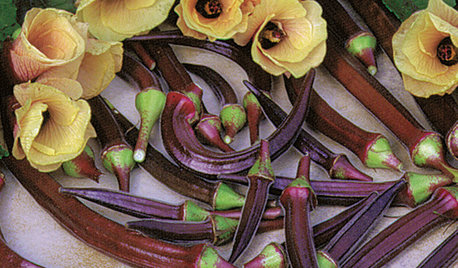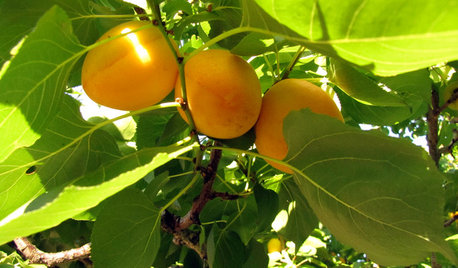Verticillium Wilt
spokanegardener
16 years ago
Featured Answer
Sort by:Oldest
Comments (10)
jean001
16 years agoRelated Professionals
La Marque Landscape Architects & Landscape Designers · Roosevelt Landscape Architects & Landscape Designers · Jackson Landscape Contractors · Aberdeen Landscape Contractors · Canyon Lake Landscape Contractors · East Hanover Landscape Contractors · Mendota Heights Landscape Contractors · Richmond Landscape Contractors · Tewksbury Landscape Contractors · Wells Landscape Contractors · Wheat Ridge Landscape Contractors · Clermont Driveway Installation & Maintenance · Deer Park Driveway Installation & Maintenance · East Ridge Driveway Installation & Maintenance · Park Ridge Driveway Installation & Maintenancejean001
16 years agojean001
16 years agospokanegardener
16 years agoViolet_Z6
16 years agojean001
16 years agojean001
16 years agovera_eastern_wa
16 years agopermacycle
15 years ago
Related Stories

LANDSCAPE DESIGN7 Great Trees for Summer Shade and Fall Color
These landscape-pro faves straddle the seasons beautifully. Could one enhance your own yard?
Full Story
LANDSCAPE DESIGNPretty Trees for Patios, Paths and Other Tight Spots
Choose trees for their size, shape and rate of growth — or shape them to fit your space. Here's how to get started
Full Story
EDIBLE GARDENSSummer Crops: How to Grow Tomatoes
Plant tomato seedlings in spring for one of the best tastes of summer, fresh from your backyard
Full Story
GARDENING GUIDESSummer Crops: How to Grow Okra
Go for the gumbo with this quick-growing edible that brings colorful pods and delicate flowers to a summer garden
Full Story
EDIBLE GARDENSHow to Grow Your Own Apricots
Velvety fruit, pretty blossoms and interesting bark make apricot trees a delight — and they’re great for smaller gardens
Full StoryMore Discussions






justaguy2